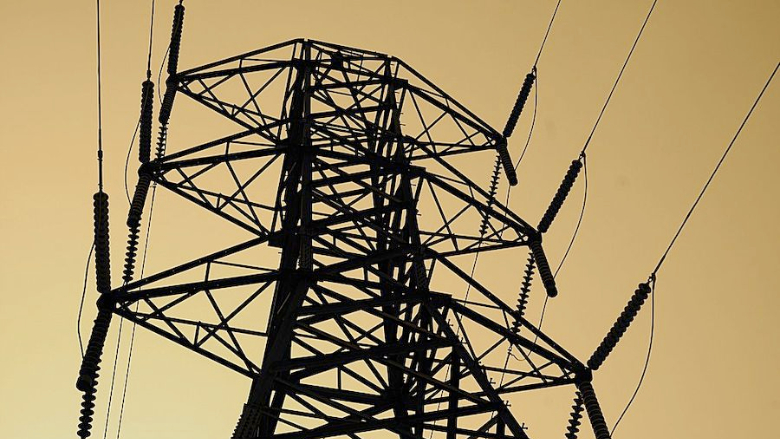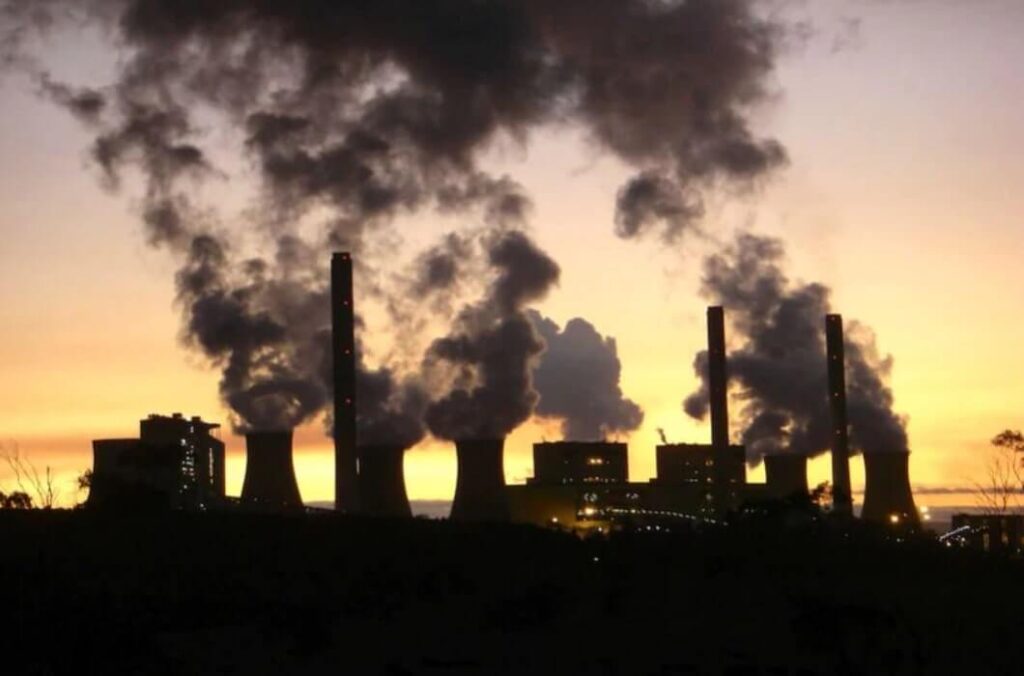
South America has a complex energy landscape and has made significant steps in addressing the energy crisis. Energy crisis in the region result from hydropower dependence, infrastructure challenges, economic factors, and renewable energy integration. Recently, countries like Ecuador, Venezuela, Brazil, and Argentina have experienced energy crisis. This is due to droughts, infrastructure issues and economic challenges. Severe weather patterns like droughts affect the production of hydropower across the continent. Therefore, many countries have invested in solar, wind and other renewable energy sources to diversify their energy mix. Challenges arise from the need to integrate renewable energy into the existing grid. This requires significant investments to maintain the grid and ensure energy efficiency.
Strategies for the energy crisis in South America
South America can take several measures that can help address the challenges of energy crisis. These strategies need to focus on improving energy supply, enhancing grid resilience, and promoting sustainability. Such measures include diversification of energy sources, grid infrastructure improvement, energy efficiency, and demand. Other strategies include policy reforms, regional cooperation, climate adaptation, and technological advancement. A formed wire is a helical-shaped wire used to protect conductors from abrasion.
How does the energy crisis lead to blackouts?
The energy crisis leads to blackouts due to a combination of supply shortages, grid overloading, and inadequate infrastructure. The dependence on hydropower, coupled with economic and policy challenges, worsens the vulnerability of the grid. This leads to blackouts as the grid struggles to meet demand and maintain stability. Here’s how these factors lead to blackouts.

- Supply shortages – many South American countries depend on hydropower for energy. Periods of drought lead to lower water levels in reservoirs, which reduces the amount of electricity generated. An energy crisis can occur when there are disruptions in fuel supply when price increases.
- Grid stress and overloading – the grid may struggle to meet high demand during an energy crisis. Weather conditions like heatwaves can lead to a surge in electricity use for air conditioning. Most South American countries have outdated infrastructure that do not have the capacity to handle sudden spikes in demand.
- Aging and inadequate infrastructure – the region’s energy grids suffer from significant transmission losses. These losses can worsen supply shortages, which makes it harder to distribute electricity during a crisis. Energy crises lead to financial strain, which can lead to reduced maintenance of grid infrastructure.
- Economic and policy challenges – some countries have energy subsidies that keep electricity affordable. These subsidies can become unsustainable during an energy crisis, which leads to energy rationing or power cuts. Varying energy policies and regulatory frameworks can delay the development of alternative energy sources and grid improvements.
- Emergency measures – utility companies may put in place load shedding, which involves intentionally cutting power to certain areas. Rolling blackouts helps to distribute the burden of an energy loss.
Regional challenges of the energy problems in South America
The energy crisis in South America presents several regional challenges that vary by country. This is shaped by geographic, economic, political, and social factors. Addressing these challenges needs coordinated efforts across borders, investment in diversified and resilient energy systems. The governments could also provide policies that consider both the immediate needs and long-term sustainability. The following are the key regional challenges in the energy crisis.

- Geographic and climate variability – the diversity of South America’s geography affects the availability and types of energy resources. This leads to regional disparities in energy production. For instance, Brazil and Paraguay enjoy abundant hydropower resources, while countries like Chile rely on solar and wind energy.
- Economic disparities – countries with stronger economies like Chile and Uruguay invest in renewable energy and grid modernization. Countries like Venezuela and Bolivia struggle with underinvestment in energy infrastructure. Many South American countries use subsidies to keep energy affordable. Unsustainable policies can lead to energy rationing and blackouts.
- Infrastructure and grid integration – many South American countries have aging infrastructure with no capacity to handle the current demand. Additionally, the region has limited regional grid integration. This means the energy-rich areas cannot easily supply electricity to other countries.
- Dependence on hydropower – countries like Brazil, Paraguay, and Colombia rely heavily on hydropower. This dependence creates regional challenges where fluctuations in water availability lead to significant energy shortages.
- Cross-border energy trade and cooperation – the region has great potential for greater cross-border energy trade. There are various challenges that hinder this, which include political tensions, differing regulatory frameworks, and the lack of infrastructure.